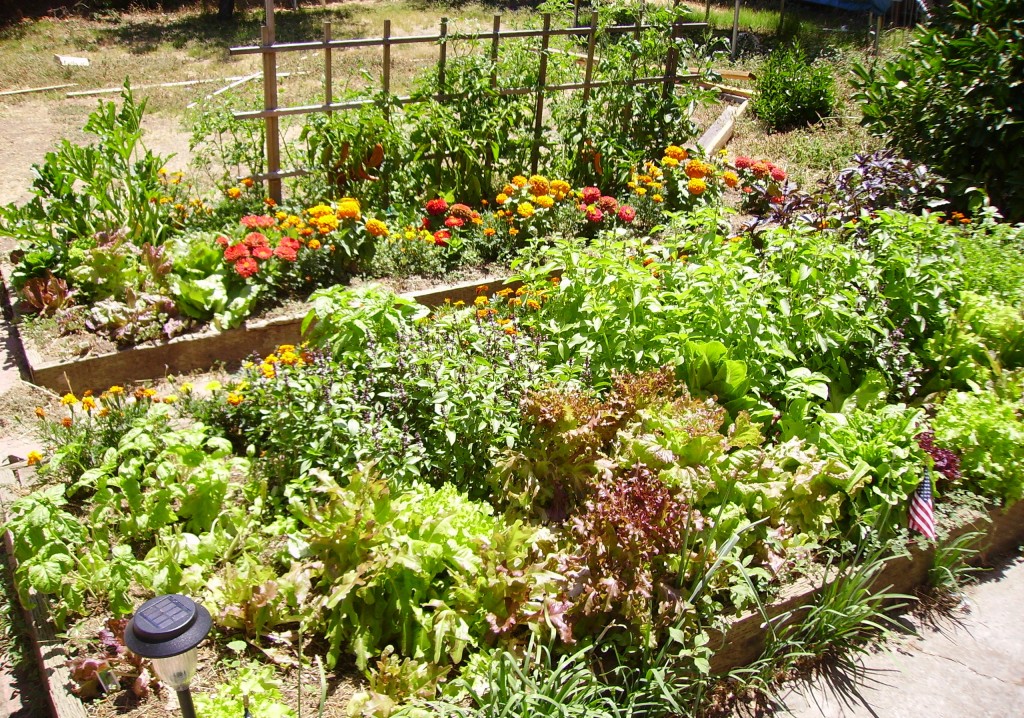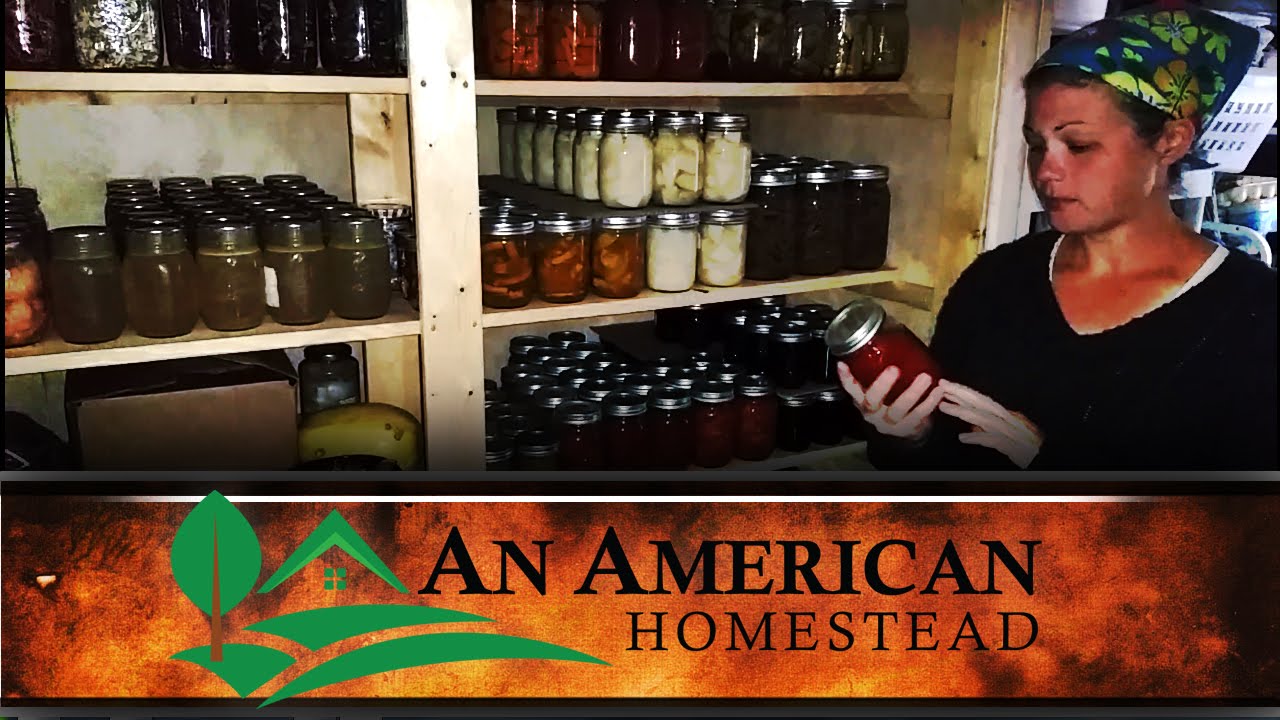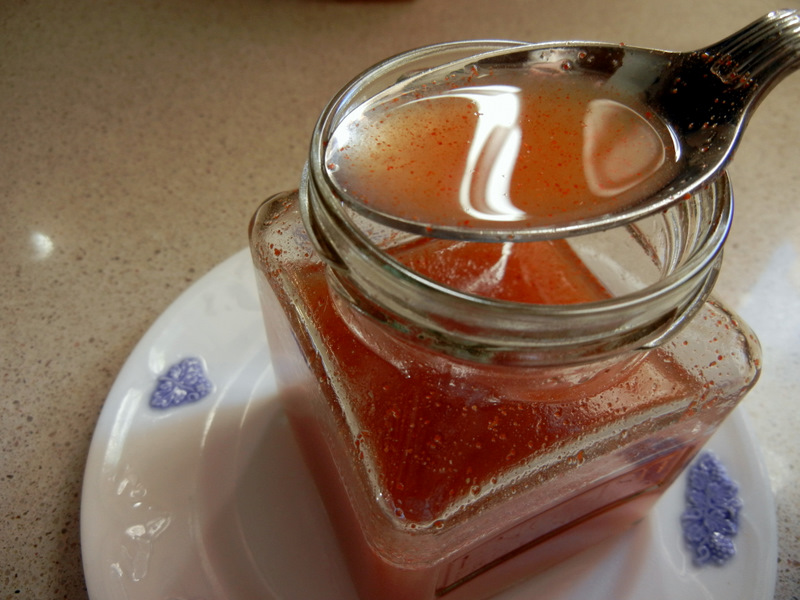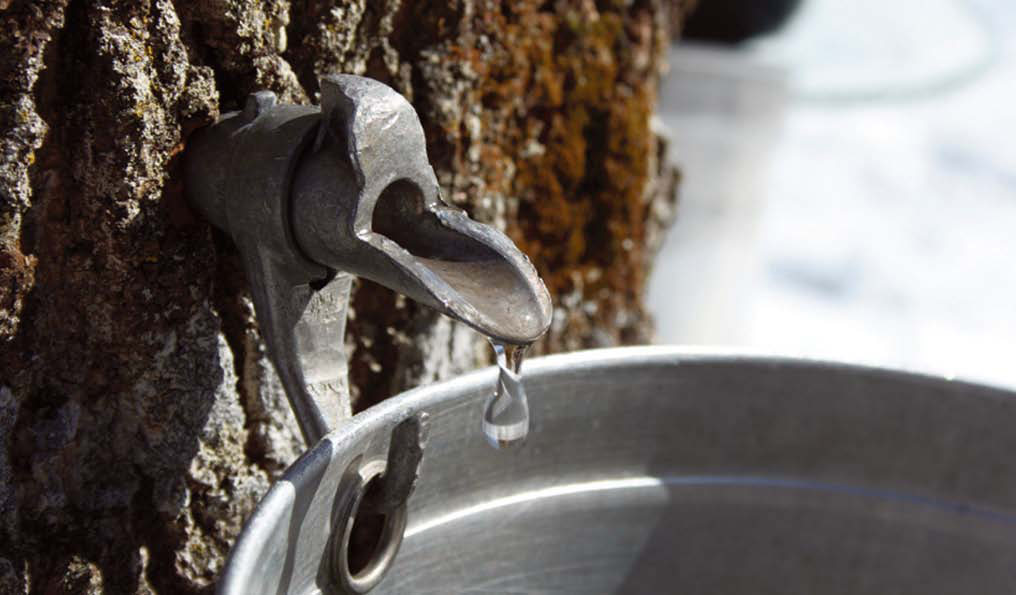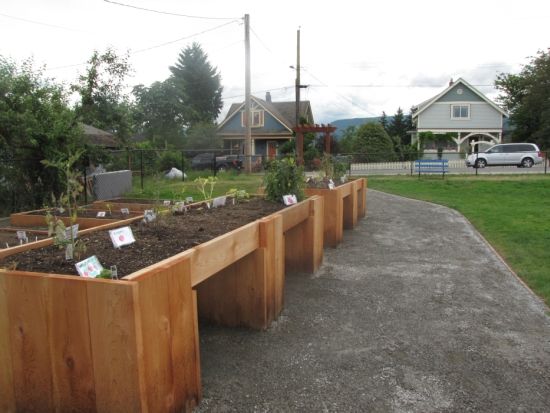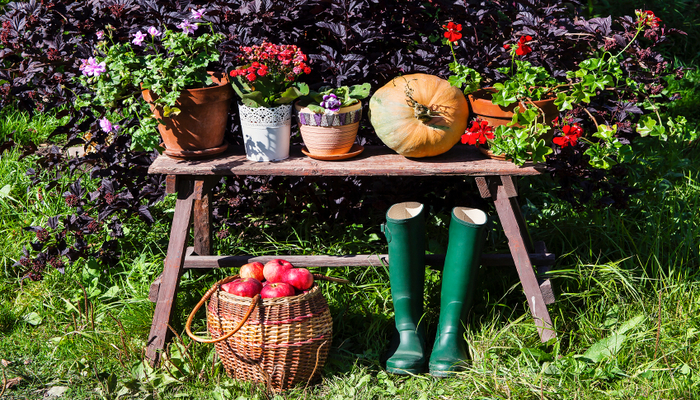Tips for Gardening on a Slope
For most gardeners, space is a major limiting factor, these means that you have to make the most out of every square foot you have, whether it’s ideal or not. One less than ideal situation you might have is a slope, which many would leave unplanted and unproductive. While slopes do pose some real … Read more

